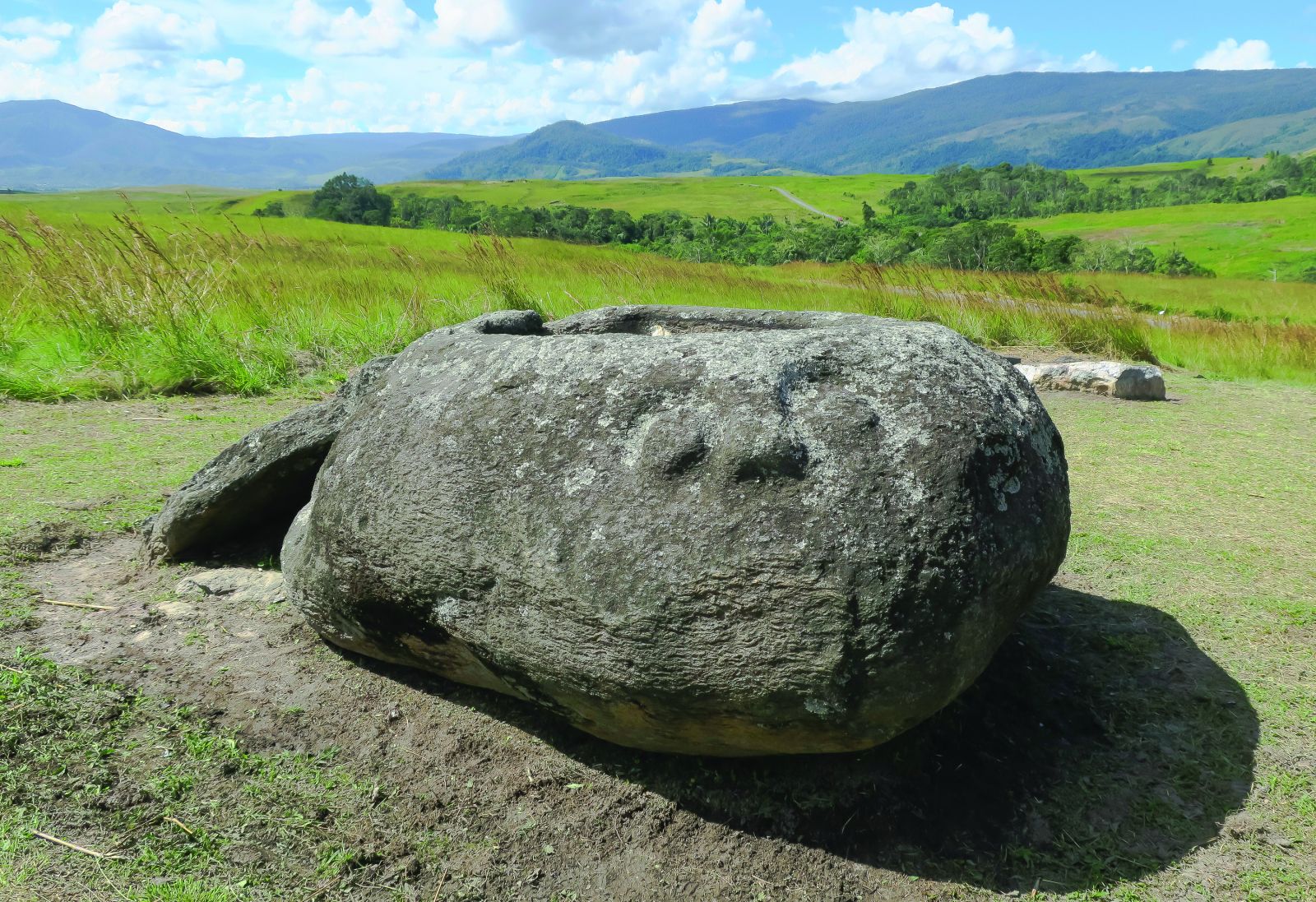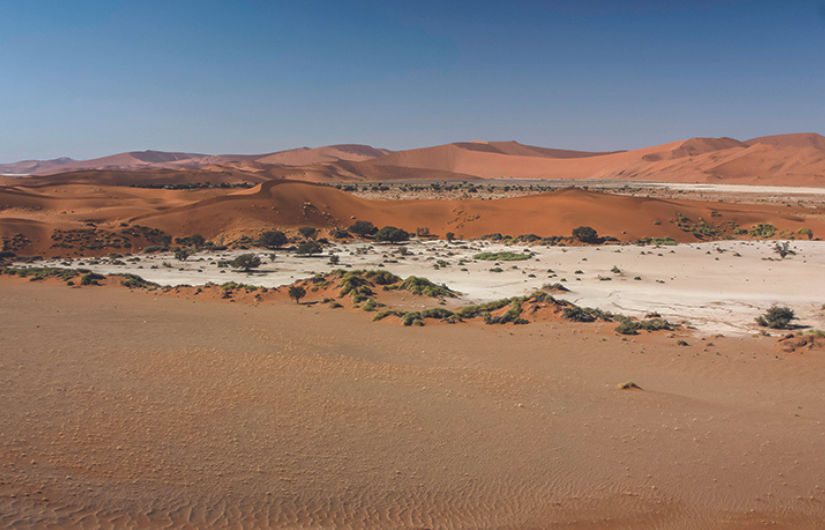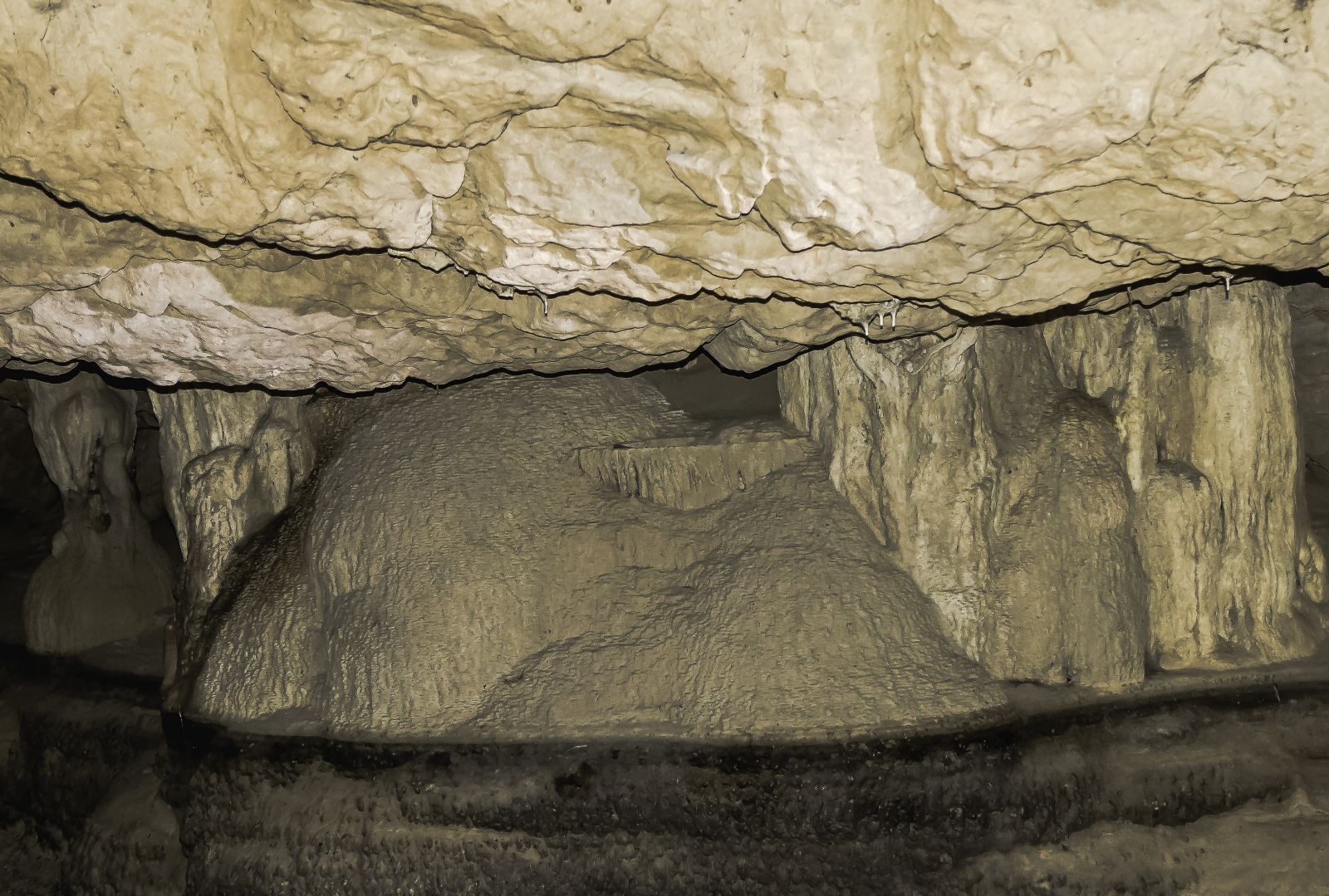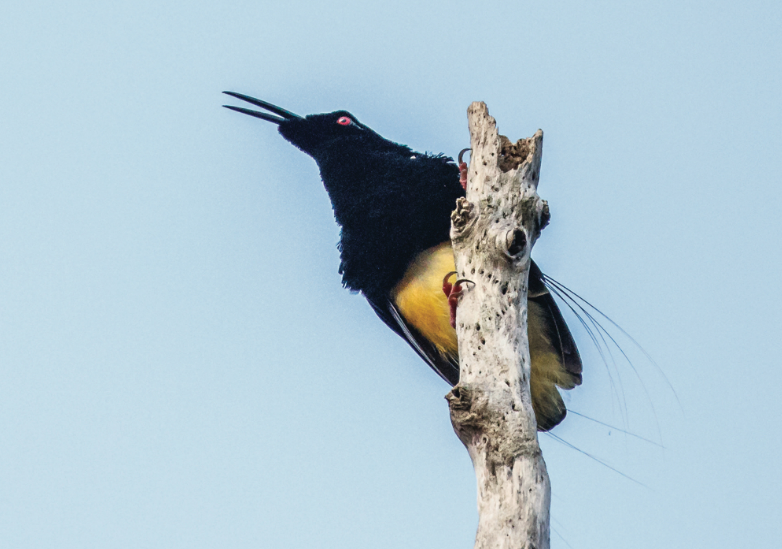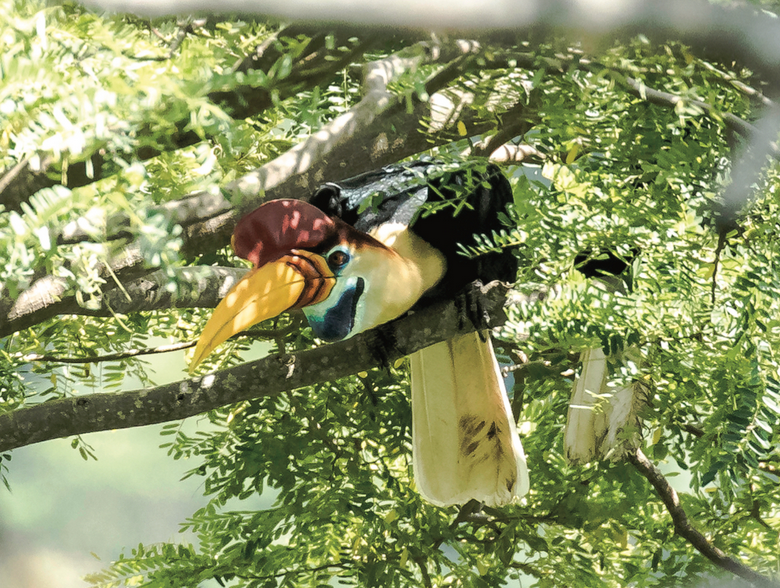My adventure in Sulawesi continued as I flew from Madano in North Sulawesi, with a stop in Gorontalo, to Palu in Central Sulawesi. Our destination was Lore Lindu National Park located about 50 kilometers from Palu. The objectives of my exploration were a large collection of megaliths in the Bada Valley and rare and endemic species of plants and birds in the park.
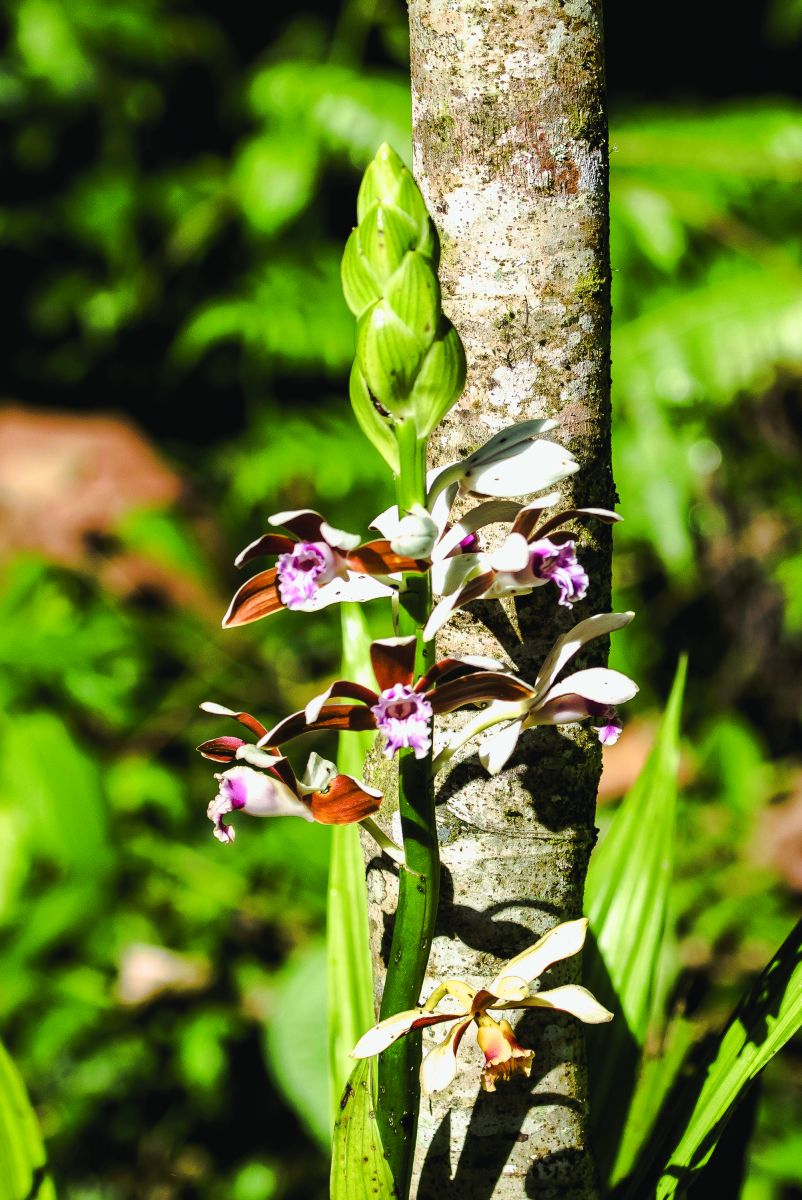
Nun's Hood Orchid
There are more than 400 stone megaliths found in the area of the national park which is surrounded and bordered by around 100 villages. My first stop was a village which was once an empty land and later settled by migrating natives many years ago. The migrants discovered two megaliths in human form standing here. They decided to maintain the two which they believed to be carved by the ancestors of the people of Sulawesi and would protect them from evils spirits and bring prosperity to the village.
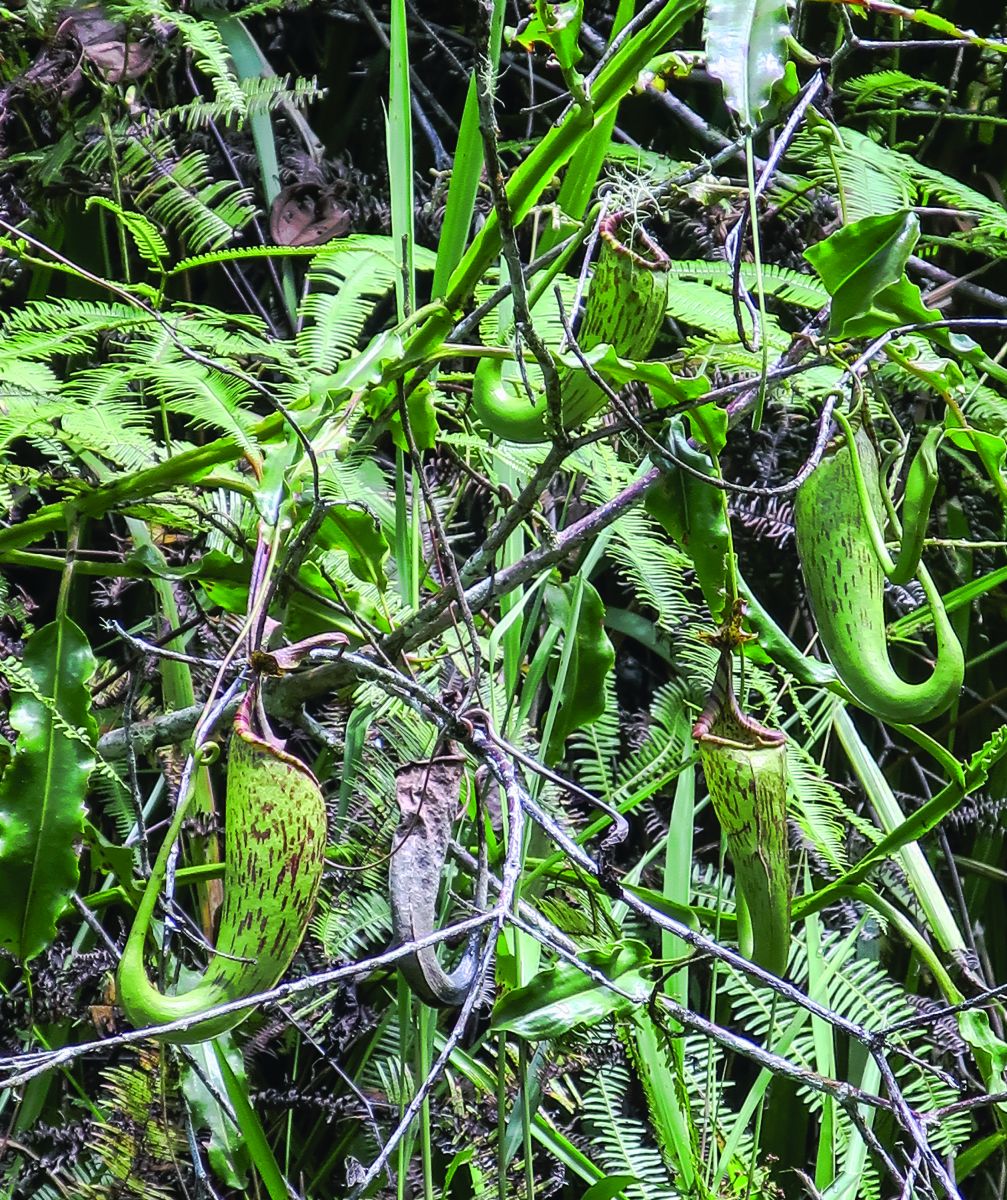
Nepenthes maxima
From that village, I ventured into a vast open field of low rolling hills and discovered dozens of giant stone urns called kalambas, some of which had lids lying close to them. There were no acceptable explanations on the identities of their makers, the time of their creation, their exact usage, the sites where the stones were transported from or the tools used to carve them. There were speculations based on local legends that the kalambas were the bathtubs of the community nobility or water containers or even coffins of ancient rulers.
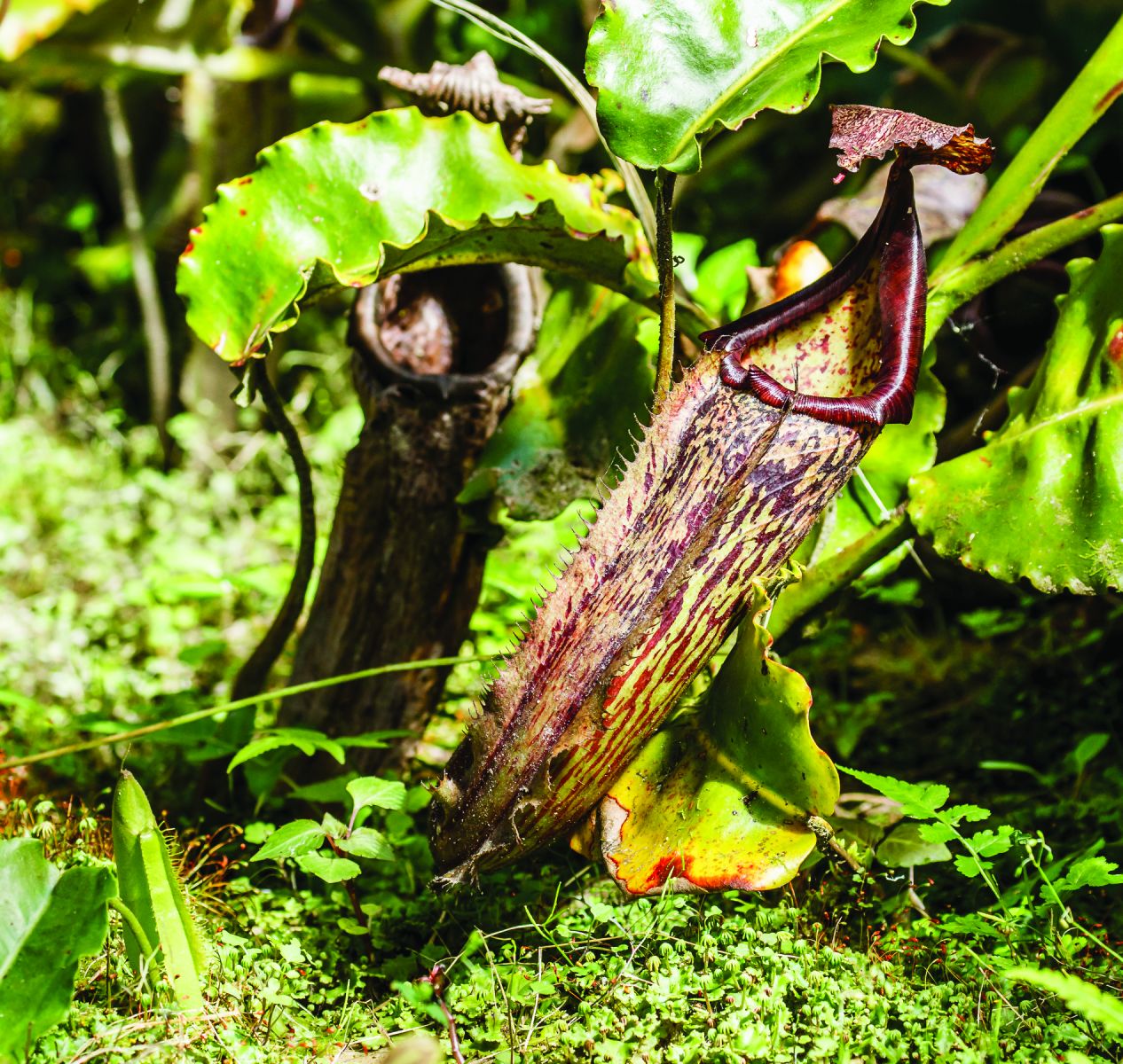
Napenthes tentaculata
The legends on the origins of those megaliths include local folklore that they were criminals cursed into stone for their crimes. One megalith is said to belong to a criminal accused of rape with a dark line across its face as the result of a knife wound from the punishment of his crime before he was turned into stone. Another local legend conveys a belief that the megaliths are spirits that possess supernatural power to become invisible and move around undetected. Still, another belief is that the megaliths were created to drive away evil spirits.
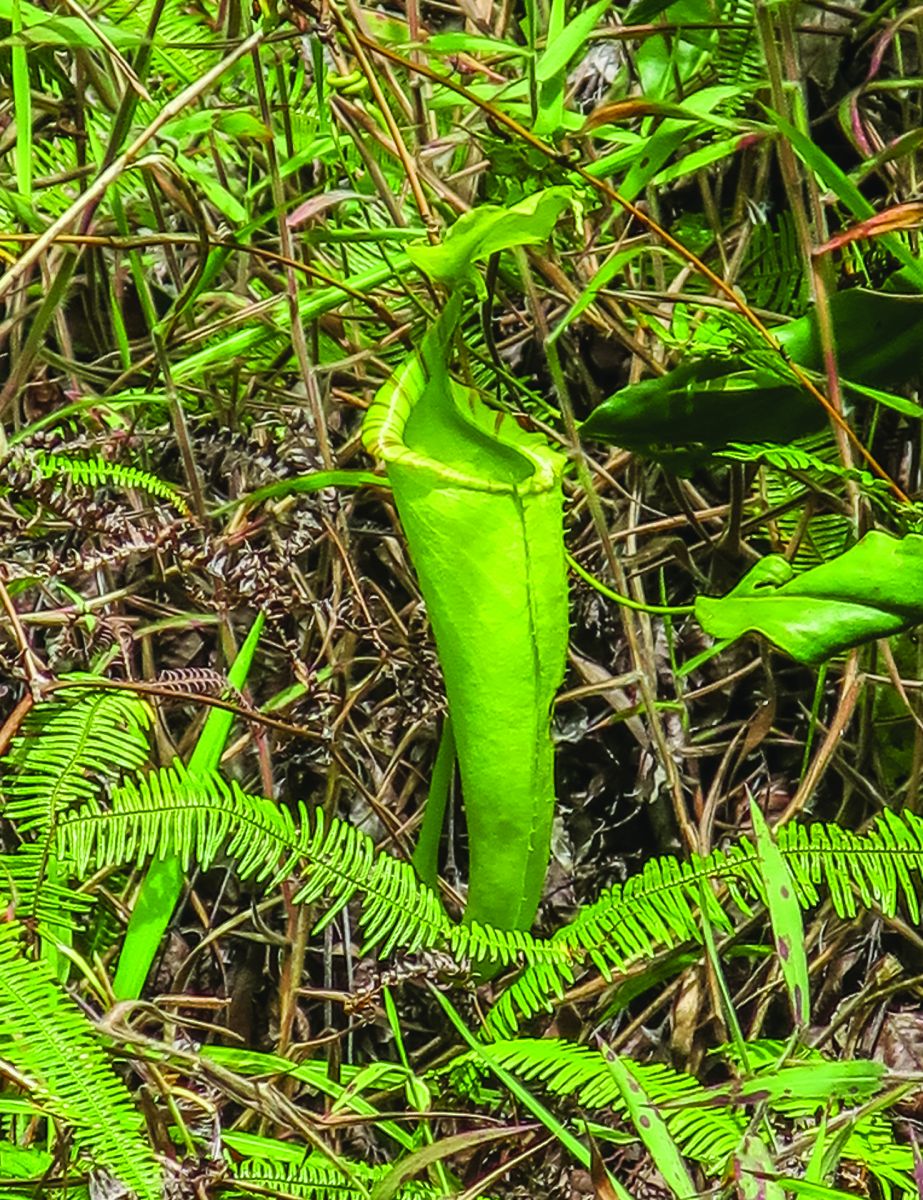
Napenthes mirabilis
The megaliths in Lore Lindu National Park were discovered in 1908. The Indonesian and foreign archeologists who have conducted research and studied these megaliths estimate that they are between 5,000 and 1,500 years old. Some believe that the Lore Lindu megaliths belong to the civilizations in the same periods of the megaliths, especially the ancient stone urns discovered on the Plains of Jars in Laos, which was name a World Heritage Site by UNESCO in 2019.
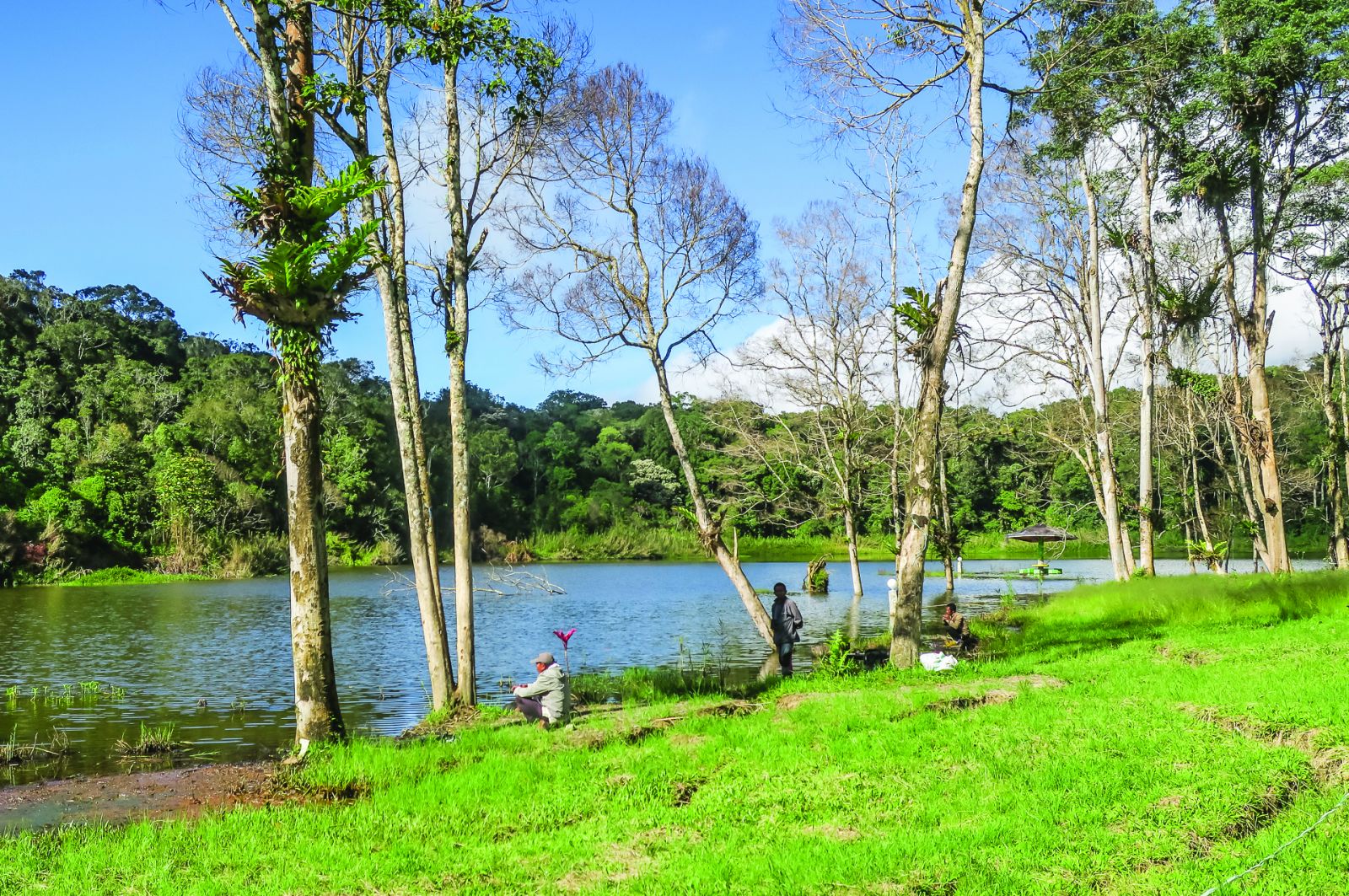
Lake Tambling Sulawesi
My local guide took me to a hill overlooking a community located in a fertile area of rice cultivation where more ancient megaliths and archeological remains have been discovered. On that hill we found two human megaliths located at two different spots. The first, erected near a trail to the hilltop, is of a female believed to be a queen of an ancient kingdom. As we continued our walk up the hill, we came upon a group of rocks scattered on the ground. The guide then explained that according to a local legend these rocks are the remains of a royal residence. We later walked down from the hilltop on another path to the second human megalith which was larger than the first one. This megalith is of a male, believed to be the king of the kingdom.
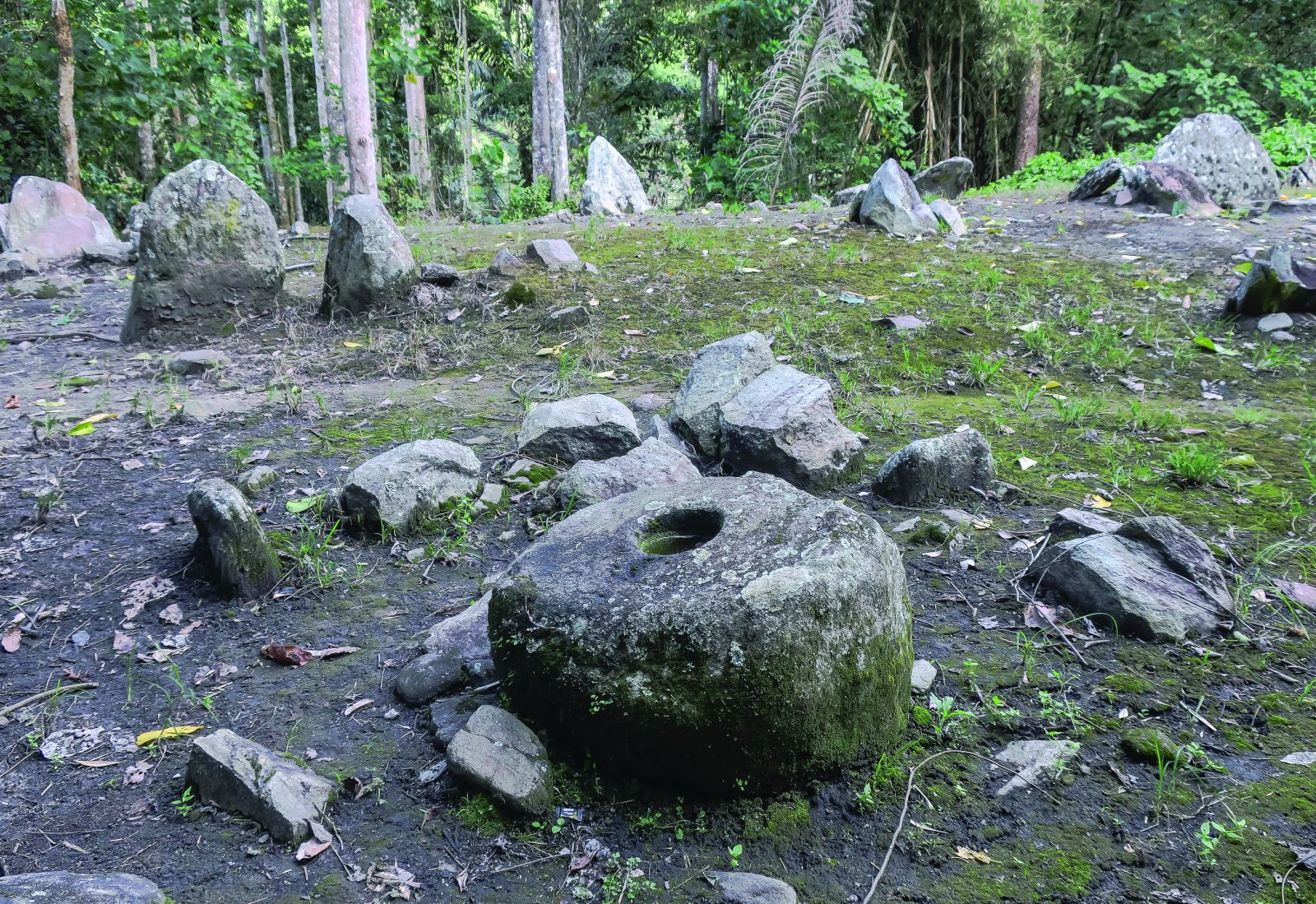
Megalith
Due to limited time and other objectives waiting for me to achieve, I regret that I could not continue to explore other megaliths in the Bada Valley.
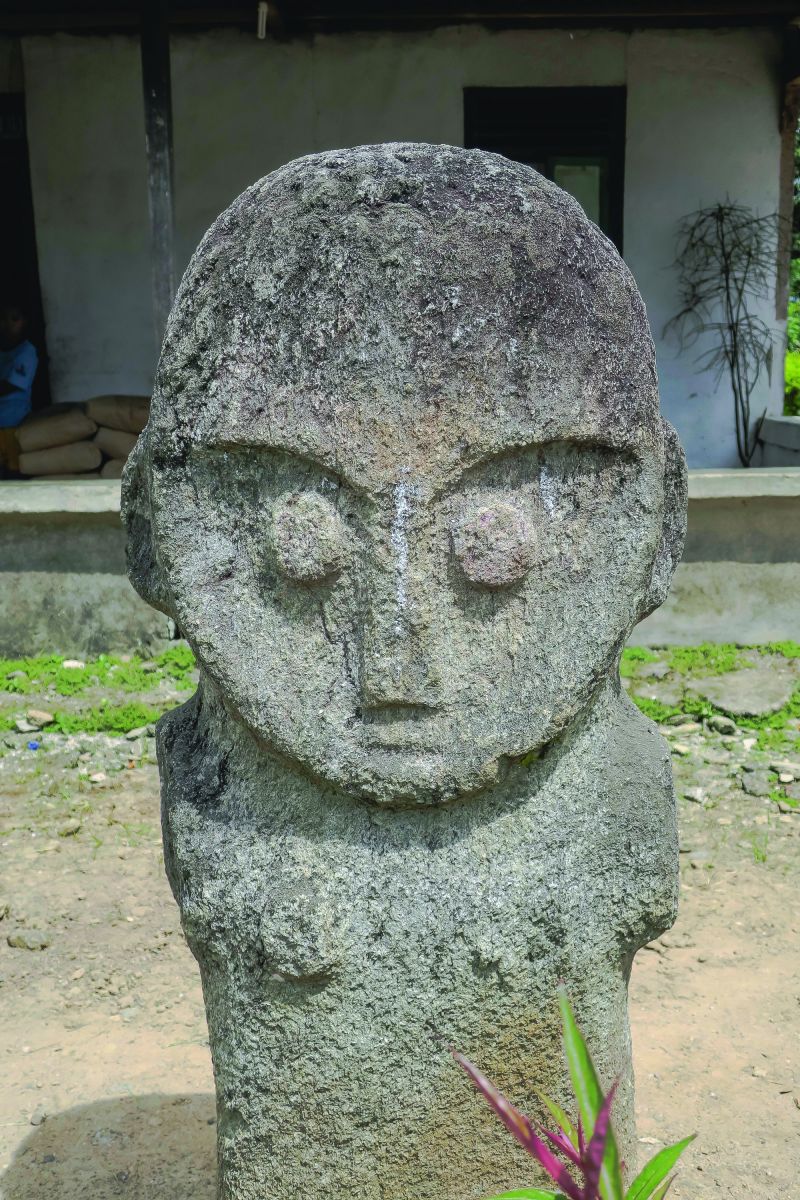
Megalith
The next morning, we drove up a mountain range toward Lake Tambling, a small but beautiful lake located at the mountain top. As we passed a village, my guide saw a beautiful white orchid in bloom displayed at the front of a house. He asked the driver to stop and led me to look at the orchid. He explained that the orchid was a Moon Orchid, one of the three national flowers of Indonesia besides the Melati and Rafflesia. Comparing with the map of Sulawesi, one can see that the shape of the island resembles the structure of the Moon Orchid. He went on to say, it is in bloom two to three times a year for as long as six months. As it has become one of the most sought-after orchids in Indonesia by orchid collectors, the species is now threatened with extinction in the wild because of illegal collecting and trading.
.png)
Map of Sulawesi
Sulawesi is known for the presence of eleven endemic species of carnivorous tropical pitcher plants. The plants are also called “monkey cups” as monkeys have been seen drinking rainwater from these plants. Nature has created this carnivorous plant with special organs to lure an insect to fall into a pool of liquid inside its pitcher. The prey is then trapped, drowned and dissolved into food for the plant.
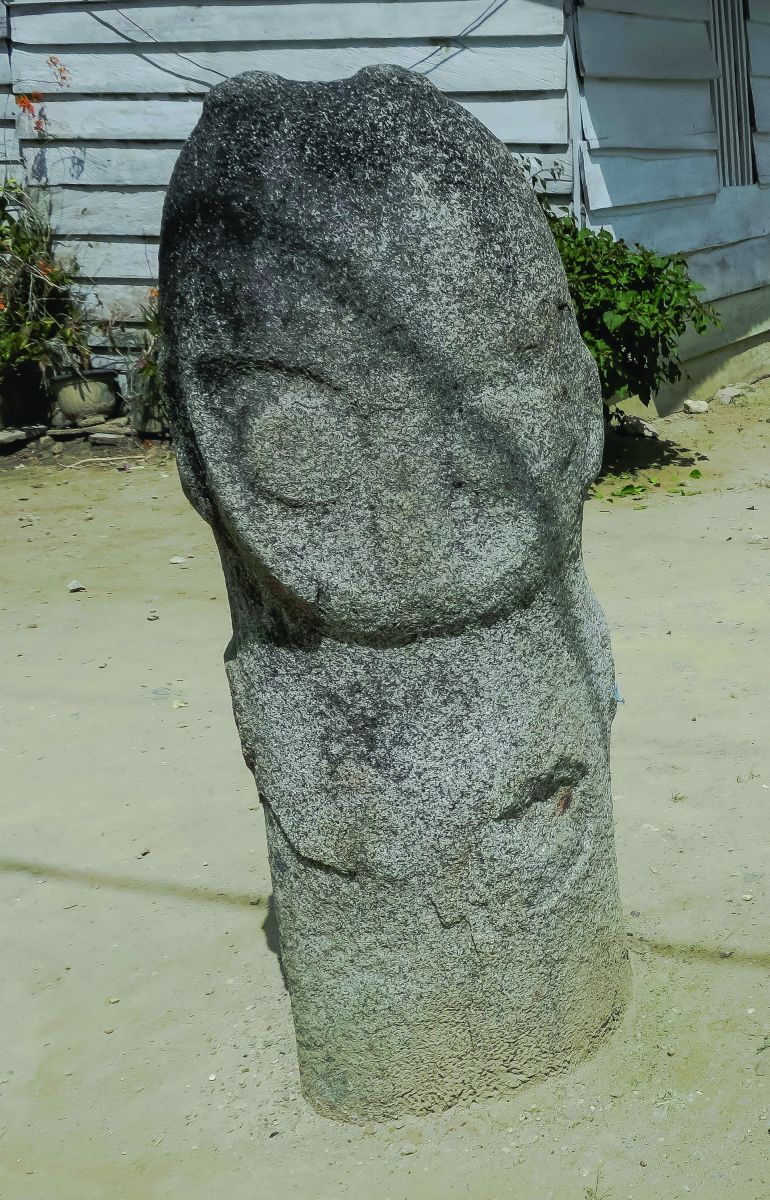
Megalith
At Lake Tambling, one could find five rare species of this pitcher plant, namely, Nepenthes pitopangii, Nepenthes nigra, Nepenthes maxima, Nepenthes tentaculata and Nepenthes mirabilis. The park management has constructed a greenhouse on the lake’s shore to showcase these rare and endemic species of plants grown in the area.
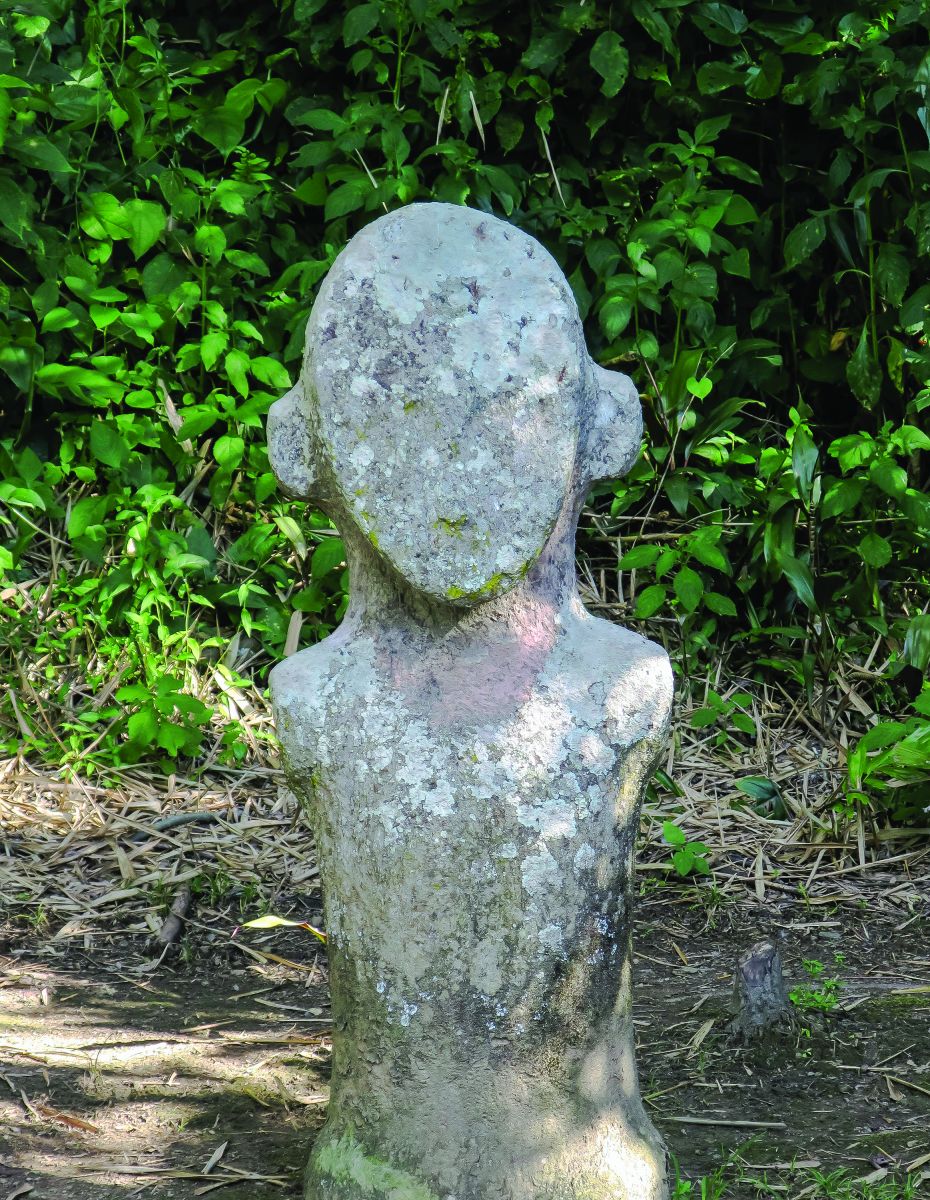
Megalith
At the entrance to Lake Tambling, I saw a plant with beautiful flowers in bloom. My guide informed me that it was a ground orchid and an evergreen, terrestrial herb commonly called Nun’s hood orchid, or greater swamp-orchid. Its scientific name is Phaius Tankervilleae, named after Lady Tankerville who owned the greenhouse in England where the first orchid flowered. It was the first tropical orchid to bloom in England. The orchid grows to a height of 50 to 70 centimeters and its flowers possess a mild fragrance. The orchid is classified as an endangered species in the wild threatened by illegal collecting and the drainage of their natural habitat.
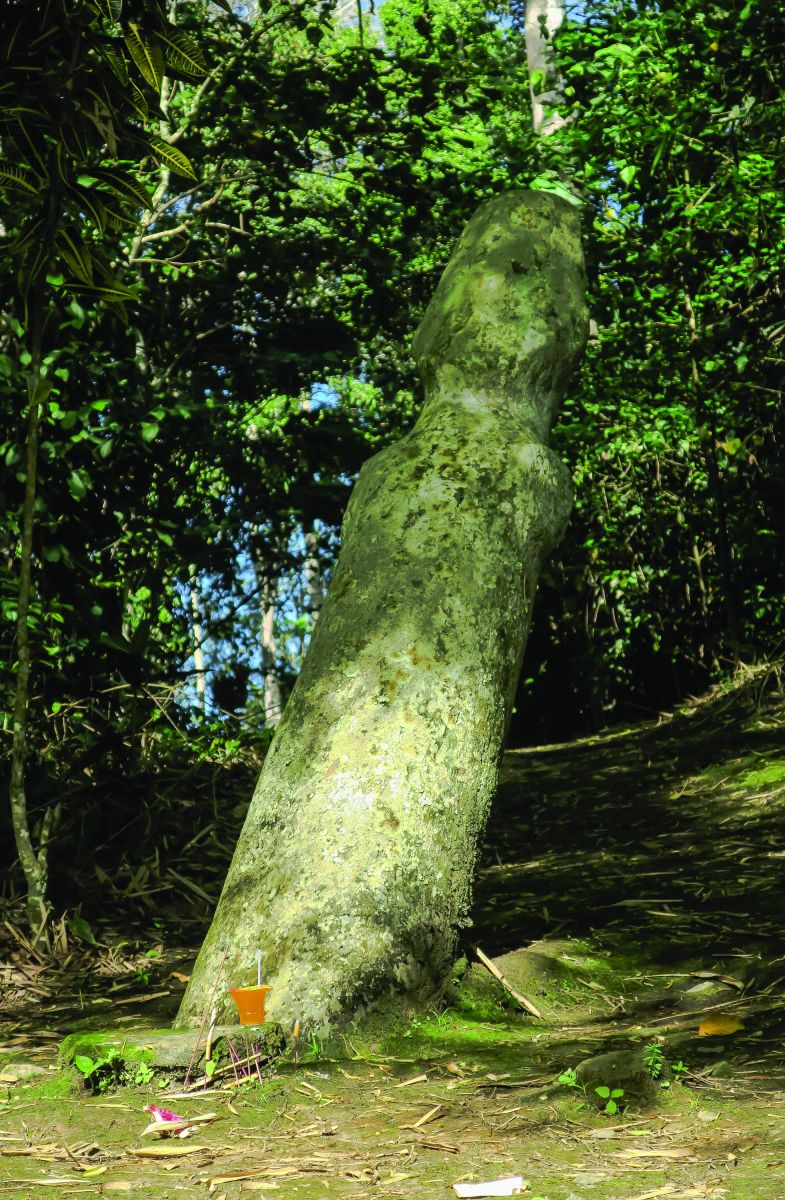
Megalith
The Nun’s hood orchid is also found in the northern, northeastern, and southern parts of Thailand where it blooms only once a year in March and April. But in Indonesia its blooming time is in August which fortunately coincided with my visit.
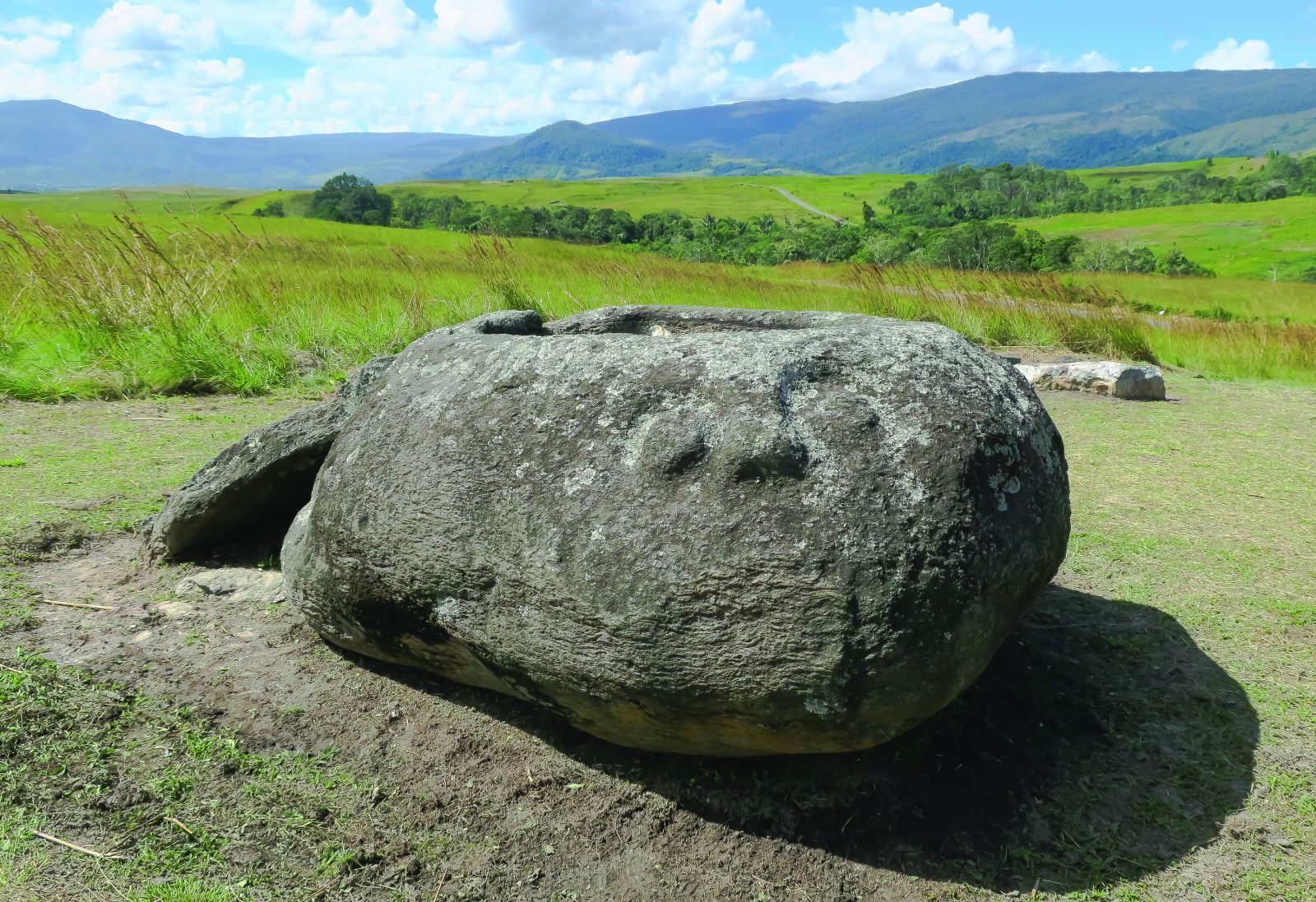
Megalith
After a short drive from Lake Tambling, we stopped along the roadside to see a rare fern species called sun fern, its scientific name Dipteris conjugate. It is an ancient plant dating back millions of years which is now listed as a critically endangered species in the wild. A few million-year-old fossils of this prehistoric fern have been discovered in various parts of the world.
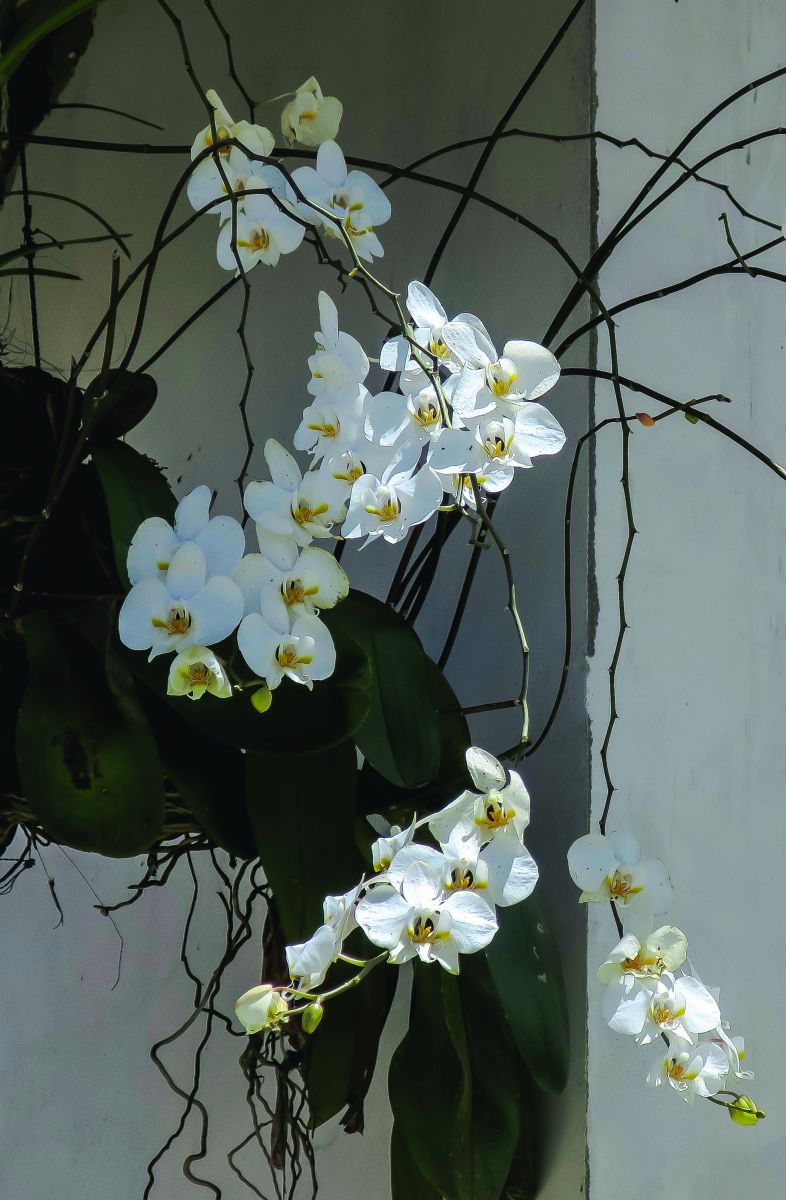
Moon Orchid
The hazard of driving up and down on the mountain road to and from Lake Tambling was confronting landslides which we encountered in two spots. Parts of the paved road were totally covered with soil and muds, which seriously obstructed the traffic between Palu and Lore Lindu National Park. The unexpected incidents were considered a part of our adventure, and we were eventually able to pass through the landslide spots after a few hours of waiting.
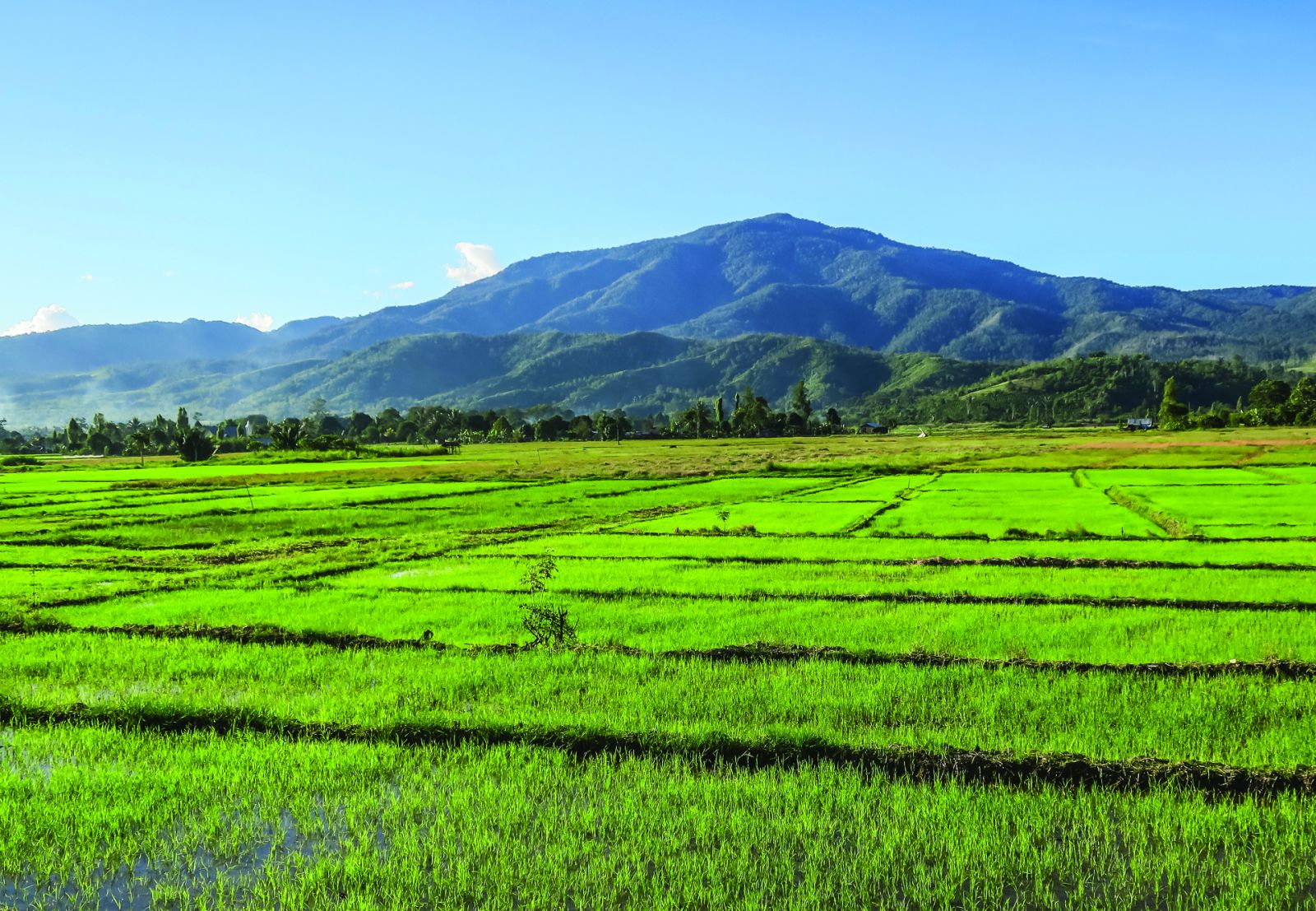
Lore Lindu NP
The following day we focused our exploration on the plains of the park, searching for more rare plants and endemic birds. Lore Lindu is a well-known habitat of 77 species of endemic birds of Sulawesi. I will report on the findings of those birds in the next issue of Elite+.


